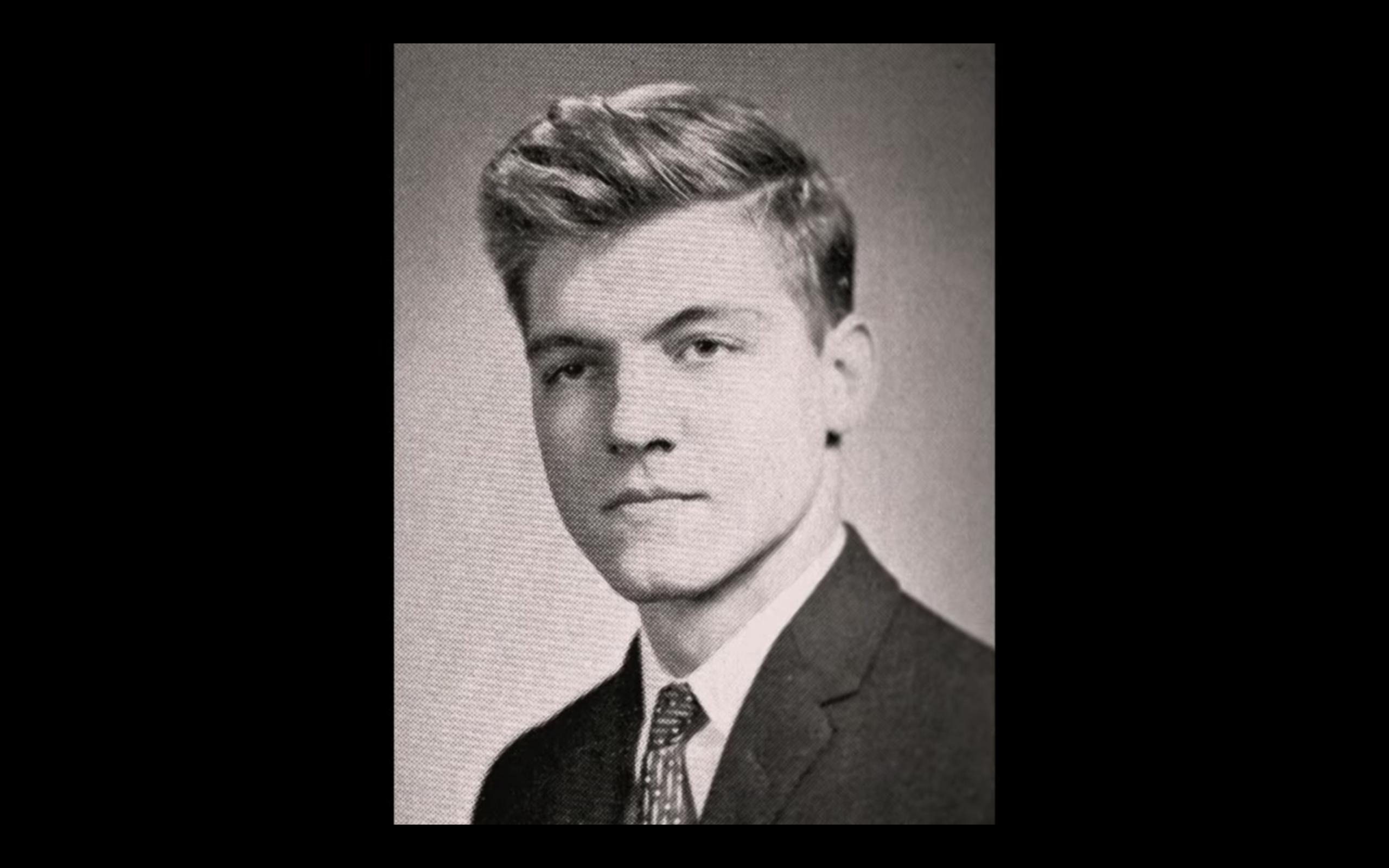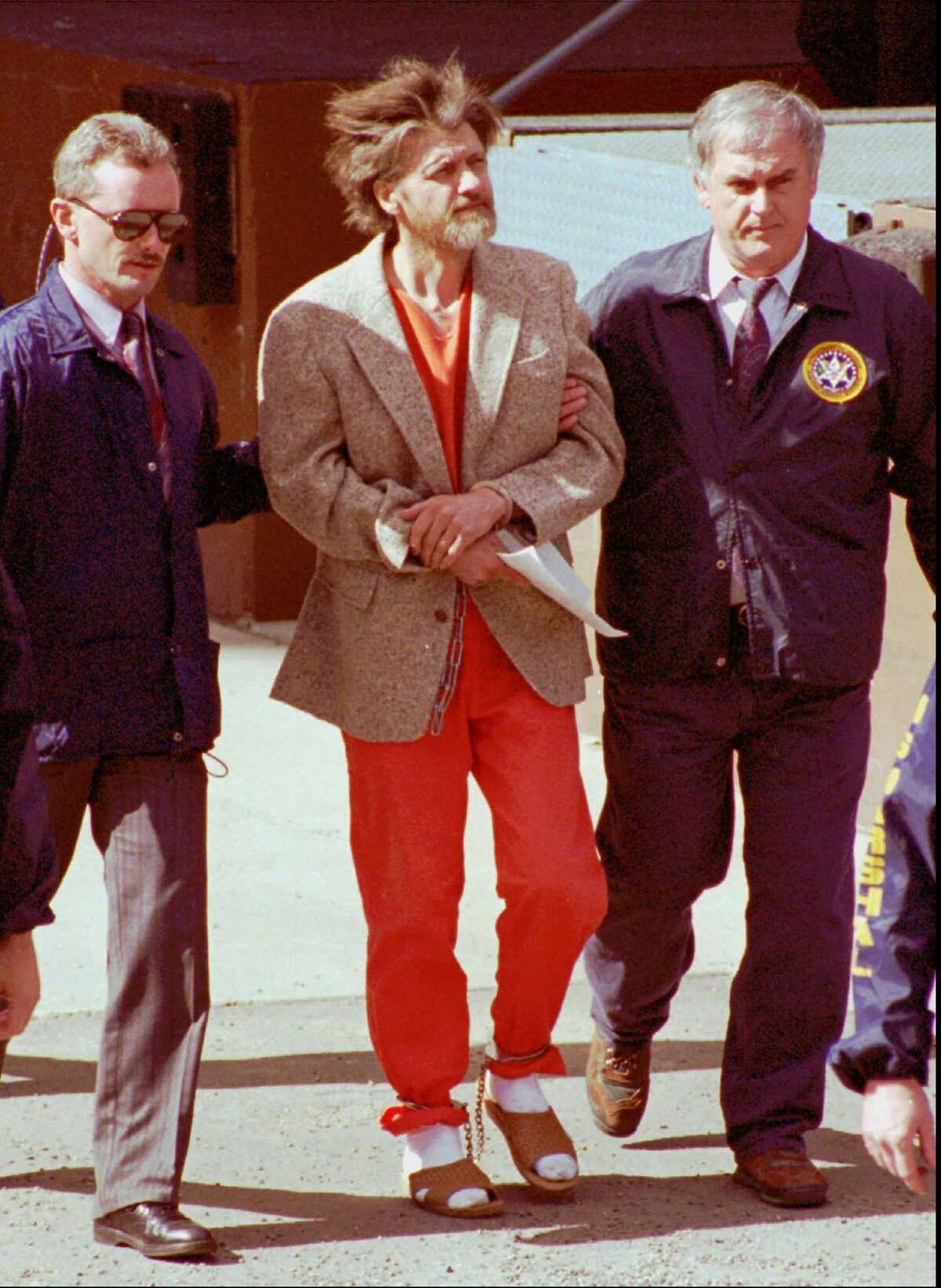C In-Person Class: This class will be taught in person, in the classroom at the Vineyard Church.
Enrollment: Pandemic protocols may limit the enrollment for this class.
Registrants will be informed in advance, and a waitlist will be available.
Born in 1941, Ted Kaczynski was considered a child prodigy, and later a brilliant mathematician. He received a bachelor’s degree from Harvard and a Ph.D. in theoretical mathematics from the University of Michigan (1967). After two years with the faculty at the University of California-Berkeley, Ted moved to a primitive one-room cabin in Montana. In 1978, with no discernible motive, he began sending bombs to what appeared to be unrelated people at universities and in the airline industry, killing three and severely injuring several others. Without knowing his identity, the FBI and the press dubbed him the Unabomber. In 1995, at Ted’s request, a 35,000-word manifesto was published jointly by the New York Times and the Washington Post. This ultimately led to the Unabomber being identified as Ted Kaczynski. Why did an accomplished mathematician leave a promising academic career to become a hermit and a notorious serial bomber? What does Ted Kaczynski’s case tell us about the connections between mental health and ideological extremism? While exploring these questions, we will discuss Kaczynski’s anti-technology Luddite philosophy, his selection of targets, and how the FBI ultimately identified him.
Greg Stejskal is a retired special agent of the FBI. He served from 1975-2006 and was the case agent on the bomb that was sent to James McConnell at the University of Michigan.

